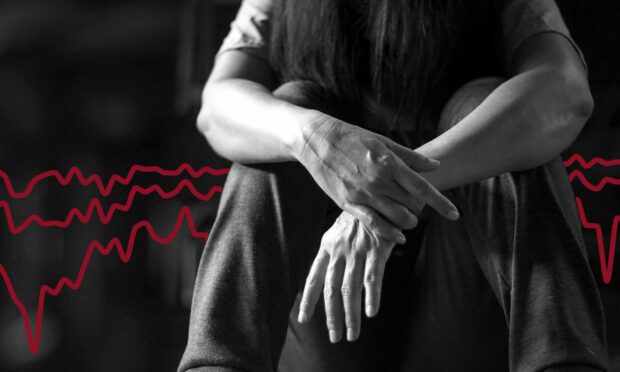I’ve been a heavy user of the NHS since I was 22.
I don’t know about you but, for me, feeling 22 meant suddenly having constant, crippling headaches.
I won’t bore you with the finer details but – after multiple appointments with elderly male doctors who did the medical equivalent of patting me on the head and advising me to take paracetamol – I finally managed to convince them that I probably wasn’t imagining it and got a referral for a scan.

The appointment to get the results of that scan involved a very flustered doctor telling me he was incredibly confused. He initially thought the wrong results had been sent over, as the date of birth on my records and the state of the bones on the X-ray didn’t seem to match up.
I’d spent about a year arguing with doctors, and all I had to show for it was a lousy diagnosis of “severe osteoarthritis in bilateral temporomandibular joints”. In other words, my jaw joints were in an utter mess.
Since then, my life has been pretty much a constant cycle of waiting lists. Waiting lists for scans, waiting lists to be seen by a specialist, waiting lists to have joints replaced, waiting lists to have failed joint replacements removed…
Rinse, repeat, start the horrible spin cycle again.
Aiming to democratise data
Something I would have found helpful as that 22-year-old was more transparency. How long should I expect to wait? Are the waiting times currently being met, or should I brace myself?
Nowadays, there is a wealth of data available, showing waiting times and targets, as well as which areas of the NHS are under the most pressure, but it is often locked in spreadsheets that are impenetrable to many people. If they can even find them in the first place, that is.
That’s why, when I was put in charge of DC Thomson’s first ever data journalism unit, our mission statement started out with a promise that we would democratise data for our readers. That we would use our skills to make fairly frightening numbers and statistics more accessible.
This is why we’ve launched a series of NHS trackers, looking at everything from A&E waiting times to how long it takes for access to MRI scans, cancer services and psychological therapies. We also have articles looking at key metrics that show the current pressure on the NHS, such as the number of operations being cancelled, or how many beds are being blocked by people unable to be discharged.
The NHS is one of our greatest assets, and its performance data shines a light on many areas where services are thriving
If 22-year-old me had been able to access to this kind of information, it wouldn’t have made an arthritis diagnosis any less devastating, but it would have allowed me to claw back some control. I definitely know there’d be fewer instances of “lost” referrals, as I would know how long I should expect to wait before making a polite follow-up call.
Shining a light on NHS strengths and weaknesses
The NHS is one of our greatest assets, and its performance data shines a light on many areas where services are thriving. On the flip side of that, unfortunately, the same data shows that our hospitals are struggling. Many services have failed to bounce back after the effects of Covid and – even worse – many were struggling to meet targets before the pandemic even started.
We are committed to keeping these trackers running for as long as the source data is available. We also commit to full transparency, and we’ve released all of the code we used to analyse the data.
We’ll continue to work on our aim of democratising Scottish data in order to serve our readers, and we’d love to hear from you regarding what data you’d like us to shine a light on next – either in the comments below, or you can email us at datateam@dctmedia.co.uk
If you have been impacted by long waiting times and wish to share your story, please fill in the form below.
This article is part of a series that aims to make data about waiting times and pressures on the NHS more accessible and easy to understand. You can view the rest of the series below.
Lesley-Anne Kelly is data content lead for DC Thomson and won Specialist Reporter of the Year at the 2021 Scottish Press Awards












Conversation